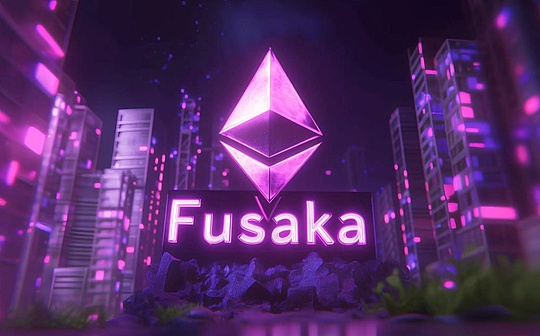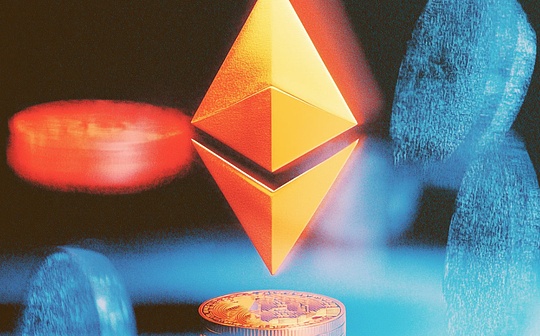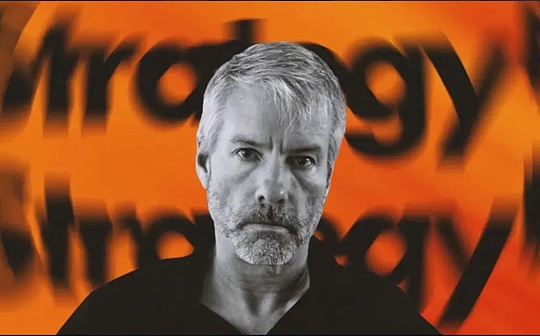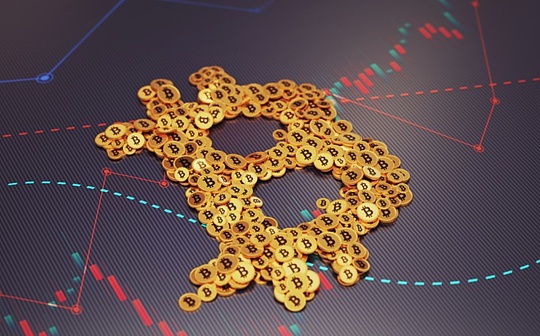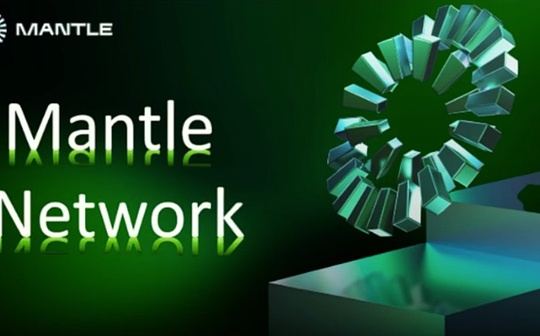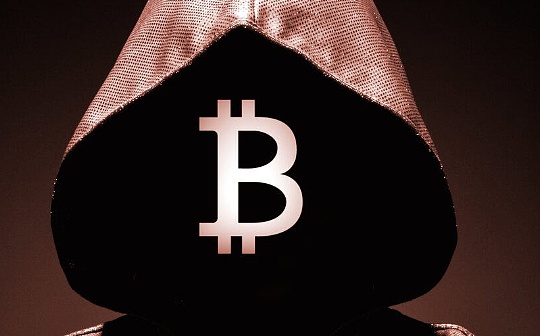
Author: Daniel Kuhn, CoinDesk; Compiled by: Deng Tong, Bitchain Vision
A correspondence between Satoshi Nakamoto and his earliest collaborator Martti Malmi was released as part of an ongoing lawsuit in the UK regarding the true identity of the anonymous creator of Bitcoin.For some, the documents provide a new avenue of research for anyone who wants to finalize Satoshi Nakamoto’s true identity.For others,The 120-page email (also posted to Github) provides new insights into the character and personality of the long-departed developer.
As Bitcoin historian (formerly CoinDesk editor) Pete Rizzo pointed out, these emails are largely in line with and confirm the world’s knowledge of Satoshi Nakamoto, who was BitcoinTalk and Cryptologic between 2009 and 2011.Active participants in message boards such as mailing lists and his ideas are listed in the formal white paper.
However, by file dump,New information has been revealed, including Satoshi’s efforts to support early Bitcoin developers, his anxiety about developing Bitcoin use cases, and his prescientific view on some of the biggest debates that define Bitcoin’s development, including block size and energy consumption.
Here are five predictions about Bitcoin before Satoshi exits the project.
Energy consumed by Bitcoin
Proof of Work (the algorithm that supports Bitcoin) is a fundamentally wasteful process by design.Even in Satoshi Nakamoto’s era, people realized that if Bitcoin was to succeed, the computing power used to protect network security would be huge.Satoshi Nakamoto foresaw the debate and responded to critics, writing: “It would be ironic if we end up having to choose between economic freedom and protection.”
Satoshi Nakamoto pointed out in the message to Malmi,Bitcoin can only achieve true peer-to-peer if there is no trusted third party, which is different from the centralized electronic currency attempts before the first cryptocurrency.He wrote:“If it does grow to consume a lot of energy, I think it still wastes less than the labor [sic] and resource-intensive traditional banking activity it replaces.”
In fact, a report released by Galaxy Research found that global banking systems use 263 terawatt hours per year, twice the amount of Bitcoin network usage.
US regulations
Today, due to the decentralized design of the Bitcoin network and the lack of clear stakeholders, Bitcoin is the only cryptocurrency recognized by U.S. financial regulators that is undoubtedly a commodity.butIn the early days, Satoshi Nakamoto must have been keenly aware of the shadow cast by the SEC and the “long arm” of American law.
This may be why Satoshi Nakamoto took precautions when discussing Bitcoin as an investment, even though he once said “Buy some bitcoins just in case it might make sense to become popular”.Satoshi Nakamoto told Malmi that he was “discomfortable” with the language on Bitcoin Sourceforge that told people to “see it as an investment.”He said it wouldn’t matter if people realize it themselves, but they should be wary of “selling” it.
Not so anonymous
Similarly, privacy advocate Satoshi Nakamoto realized early on that Bitcoin is not an anonymous technology, even though he tried to design it as anonymous technology.Satoshi Nakamoto wrote that if people take appropriate precautions (such as never reuse key pairs) and be careful not to associate Bitcoin transactions with their real-world identity, then Bitcoin can be anonymous.He also fears that this will make Bitcoin sound “dark”.
Today, considering that most people acquire Bitcoin through exchanges and laws require these exchanges to implement a “know your customers” program to identify users, it is difficult to protect privacy when using Bitcoin.It is not clear whether Satoshi Nakamoto foresees this situation—especially because Bitcoin was designed to eliminate the need for intermediaries such as exchanges—but he is still considering describing Bitcoin as private., interpreting it misleads users and spreads distrust of the project.
“I think we should stop emphasizing the anonymity angle,” he wrote to Malmi, who stated in the FAQ that Bitcoin “can be hidden” (Samoto praised the wording “cautious”).“I think those who want to be anonymous [sic] will still figure this out without us preaching.”
Are there any use cases?
Satoshi Nakamoto and Malmi often discuss the potential uses of Bitcoin because they know that the network needs a killer use case or application to drive adoption.Generally speaking, Satoshi Nakamoto noticed the blockchain’s timestamp function, which can be used to help verify events in the real world.
But Satoshi Nakamoto also considered Bitcoin’s position in the digital payments field and believed it could be used to create more liquid markets around existing digital currencies such as free reserves (now no longer exists).He predicted thatGiven that BTC was easily generated through mining at the time, people who wanted to improve privacy might shift from Bitcoin to free reserves and then to USD, gold or PayPal.
One way Nakamoto predicts correctly is to use Bitcoin to buy gift cards (which he calls “paysafecards”), which is one of the most common uses of Bitcoin today.
The initial supporters
Rizzo notes that the emails also give us a deep dive into one of Bitcoin’s earliest financial backers, who were completely directed by Satoshi Nakamoto and had never received venture capital.Based on months of exchanges, Satoshi Nakamoto revealed that he had found an anonymous donor interested in donating between $2,000 and $3,600 to support the development of Bitcoin.While it took the mysterious and still unknown donor to send cash (by mail) to Malmi, the money does go to pay for website hosting and other miscellaneous fees.
While this is not a huge windfall, getting the money to offset the cost of developer volunteer work shows that — perhaps the first time — Satoshi Nakamoto is aware of the challenges of supporting open source development.
“It may take a long time for us to receive such donations again, and we should save a lot,” he wrote.Malmi was also told to use $1,000 of the donations to the exchange he was developing, which could help support BTC against the dollar (that was only worth a few cents at the time).
If anything, this foreshadows the current state of Bitcoin development support, which is still temporary and arguably insufficient.While it has become increasingly common for companies such as Block, MicroStrategy to sponsor Bitcoin developers, many contributors have given up on expensive love labor over the years.
Satoshi Nakamoto pointed out many times that he often cannot invest his due time and attention in Bitcoin because he is too busy at work.He is grateful to developers such as Malmi and Satoshi’s carefully selected successor Gavin Andresen for promoting the project.



